With current monitoring data, the meteorological agency predicts that the cold air mass will be weak and may continue to affect the North until May 30.
Regarding the above extreme weather situation, Director of the National Center for Hydro-Meteorological Forecasting (Department of Hydro-Meteorology, Ministry of Agriculture and Environment ), Mr. Mai Van Khiem, said that in recent days, cold air has been affecting the Northern and North Central regions.
Weather developments in recent days show that the weather has turned cold at night and early morning, with some places in the highlands dropping below 20 degrees Celsius. In Hanoi alone, the lowest temperature recorded on May 25 was 20.6 degrees Celsius.
According to Mr. Khiem, the above temperature in May is not uncommon and is actually still higher than the lowest daily temperature ever recorded, which was 16.5 degrees Celsius in May 1981. Most recently, in 2017, Hanoi also recorded the lowest temperature in May at 20.8 degrees Celsius.
Expert Nguyen Van Huong - Head of Weather Forecasting Department (National Center for Hydro-Meteorological Forecasting, Department of Hydro-Meteorology), also said that May is still the time when there is cold air, so the appearance of cold air at this time is not unusual.
However, Mr. Khiem also noted that the complex interaction between the cold air mass in the North and the hot and humid air mass in the South can lead to unstable conflicts, which can cause thunderstorms, tornadoes, lightning, etc.
Forecasting the weather situation from now until the end of 2025, Director of the National Center for Hydro-Meteorological Forecasting Mai Van Khiem said that at present it is difficult to forecast all natural disasters for the whole season.
However, Mr. Khiem also noted that with current monitoring data, it can be determined that extreme weather and climate patterns in 2025 will be mainly influenced by ENSO (the phenomenon of abnormal warming of the surface sea water - El Nino and the phenomenon of abnormal cooling of the surface sea water - La Nina) in a neutral state.
When ENSO is in a neutral state, the extreme nature will not be as much as in El Nino or La Nina years, reflected in the number of storms and tropical depressions in the East Sea and the impact on Vietnam at an average level (about 11-13 storms operating in the East Sea and 5-6 storms directly impacting the mainland).
In the immediate future, it is forecasted that from the afternoon and night of May 28 to May 29, the Northern region and Thanh Hoa province will continue to experience another heavy rain.
With the above meteorological trends, the Director of the National Center for Hydro-Meteorological Forecasting recommends that localities need to monitor forecast information to proactively respond promptly to possible risks such as landslides, flash floods in mountainous areas, and flooding in low-lying and urban areas.
Regarding the hot weather, it is forecasted that from June 2025, the heat will decrease in the Central Highlands and the South. In the North and Central regions, it will continue until around August; from September, the heat will gradually decrease, the intensity of the heat will be equivalent to the average of many years in the same period.
From June to December 2025, the average temperature across the country will be approximately the same as the average of many years; in the Northwest region in June 2025, it will be 0.5-1 degree Celsius higher than the average of many years in the same period./.
According to VNA
Source: https://baothanhhoa.vn/dot-khong-khi-lanh-hiem-gap-cuoi-thang-5-o-bac-bo-keo-dai-den-bao-gio-250195.htm


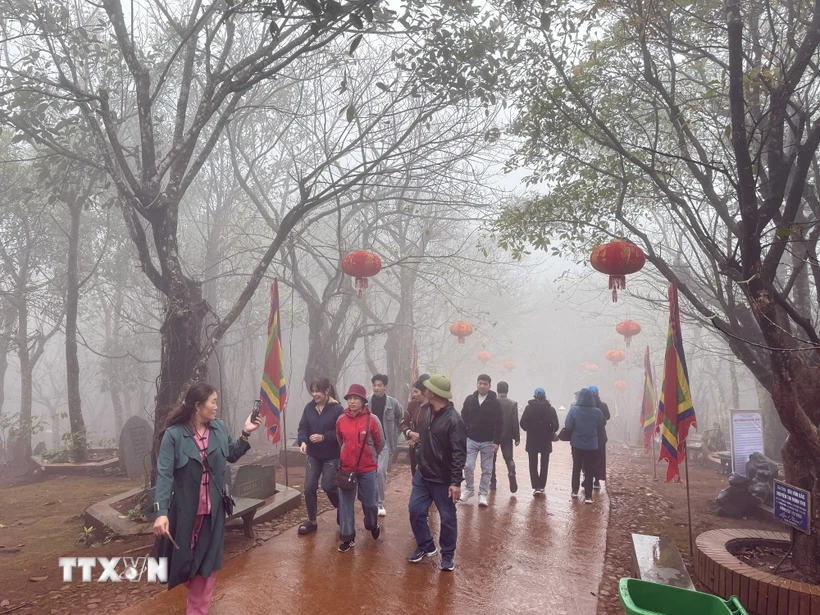


![[Photo] Prime Minister Pham Minh Chinh attends the event "Digital transformation of the banking industry by 2025"](https://vphoto.vietnam.vn/thumb/1200x675/vietnam/resource/IMAGE/2025/5/29/0e34cc7261d74e26b7f87cadff763eae)


![[Photo] Prime Minister Pham Minh Chinh receives leaders of Excelerate Energy Group](https://vphoto.vietnam.vn/thumb/1200x675/vietnam/resource/IMAGE/2025/5/29/c1fbe073230443d0a5aae0bc264d07fe)


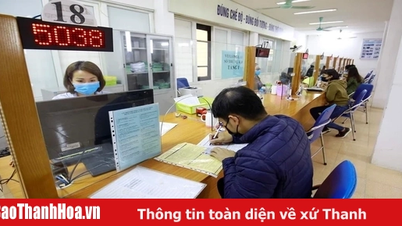
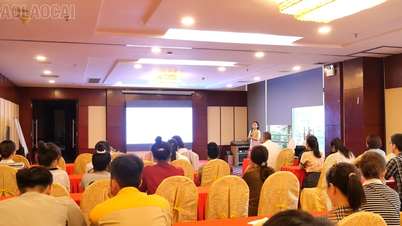











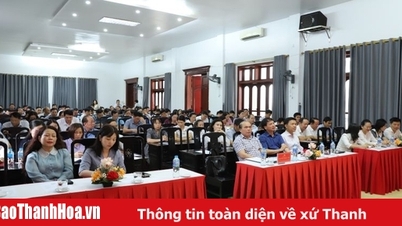


























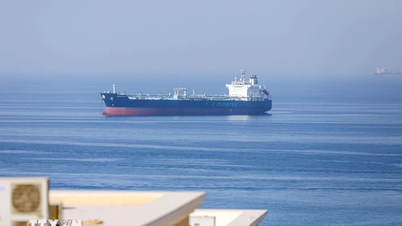





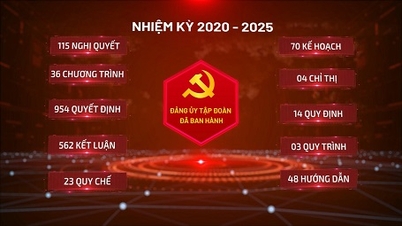



































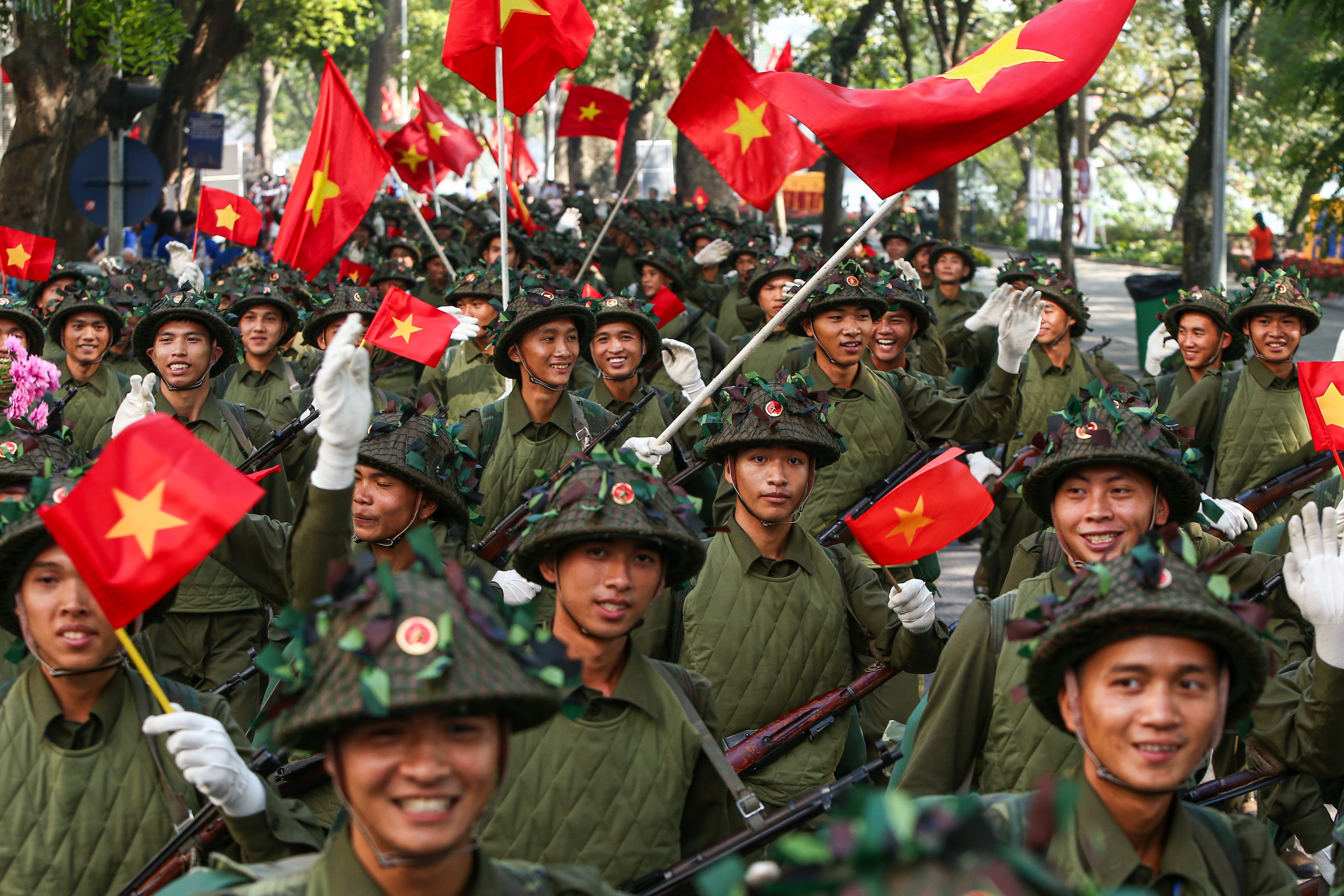



Comment (0)